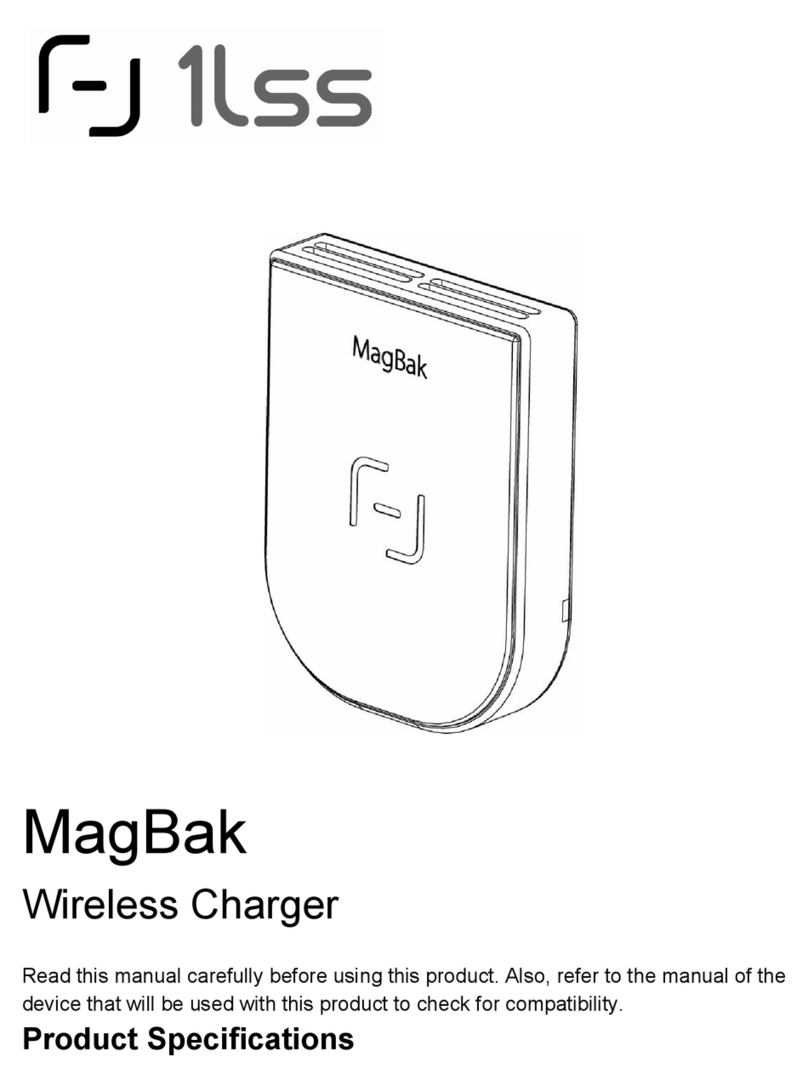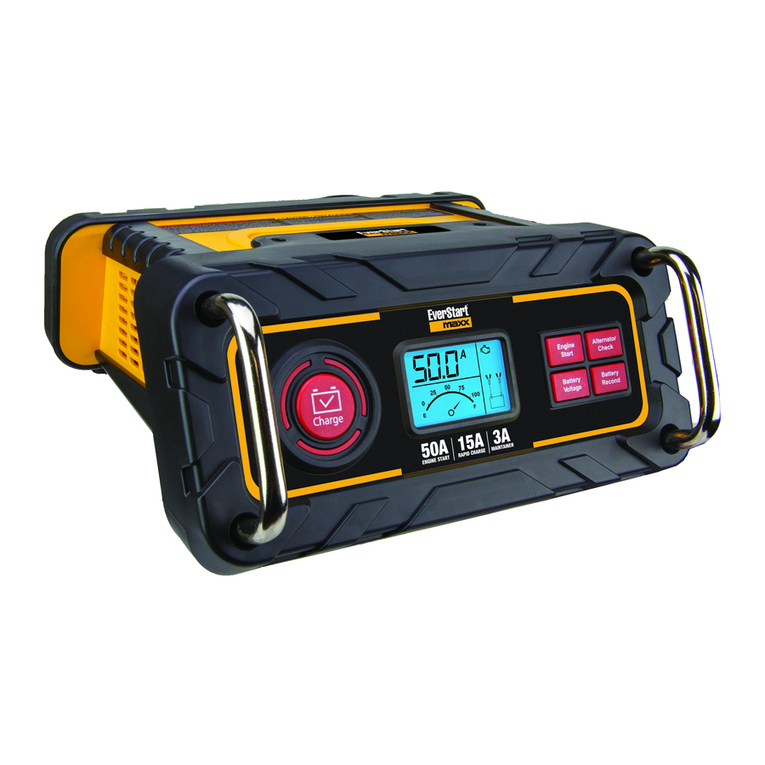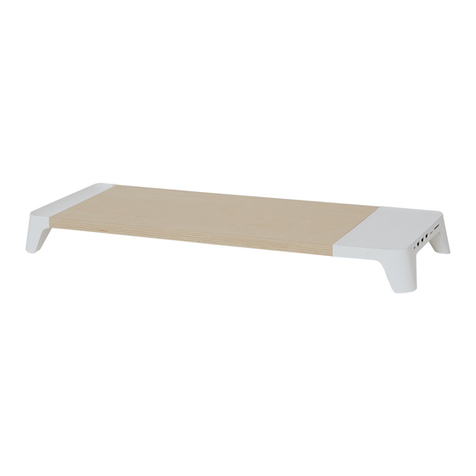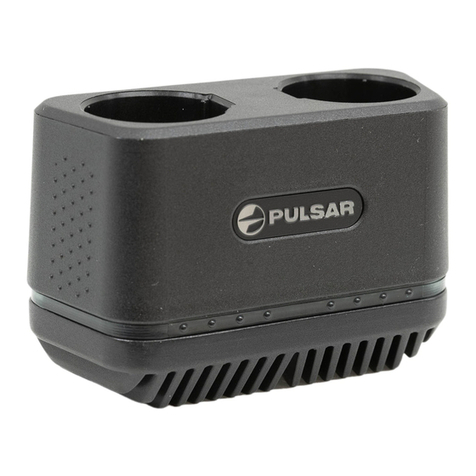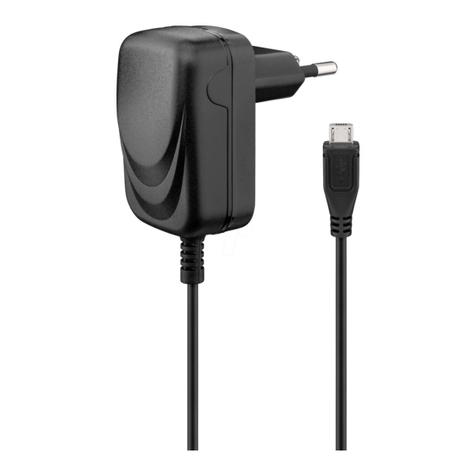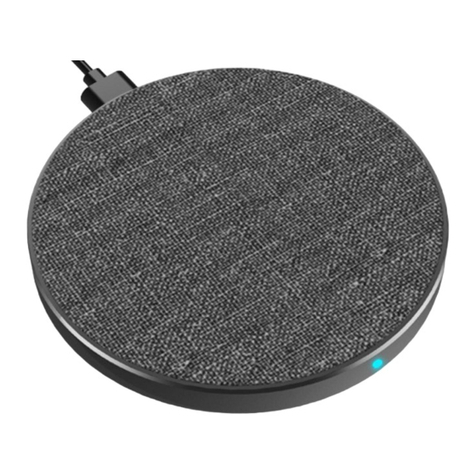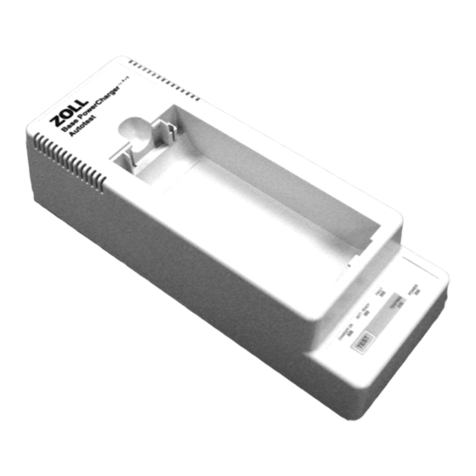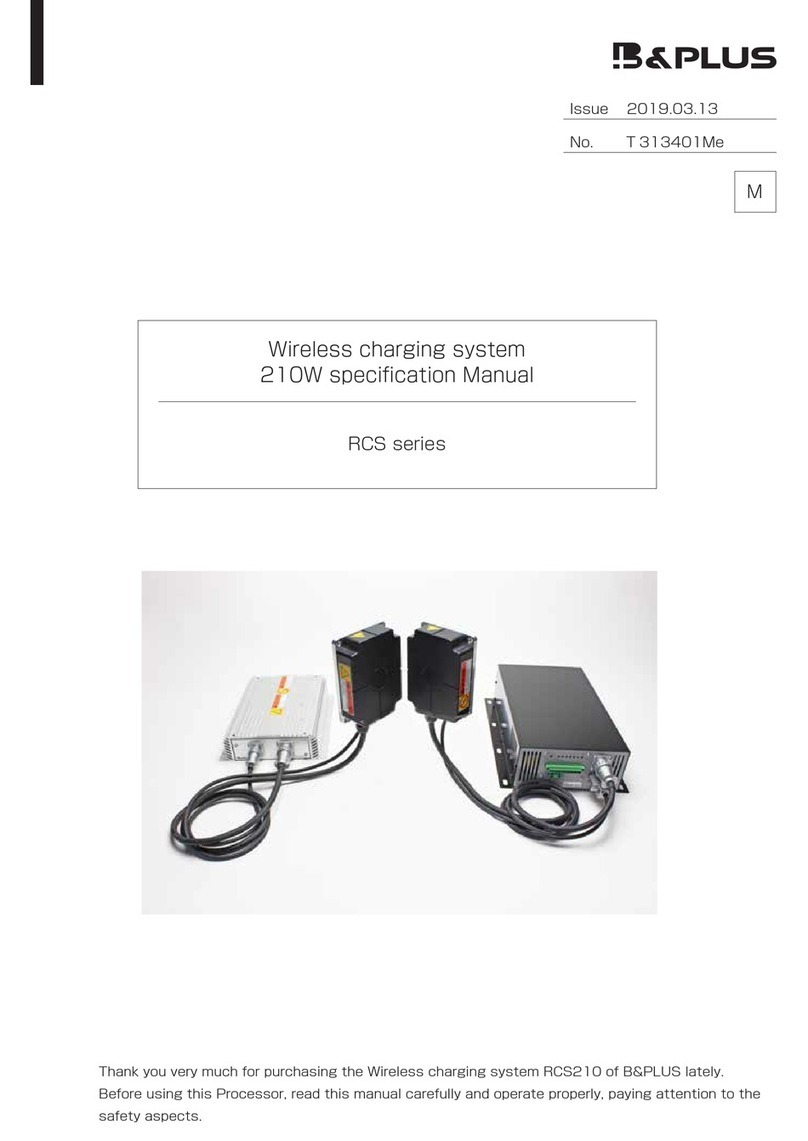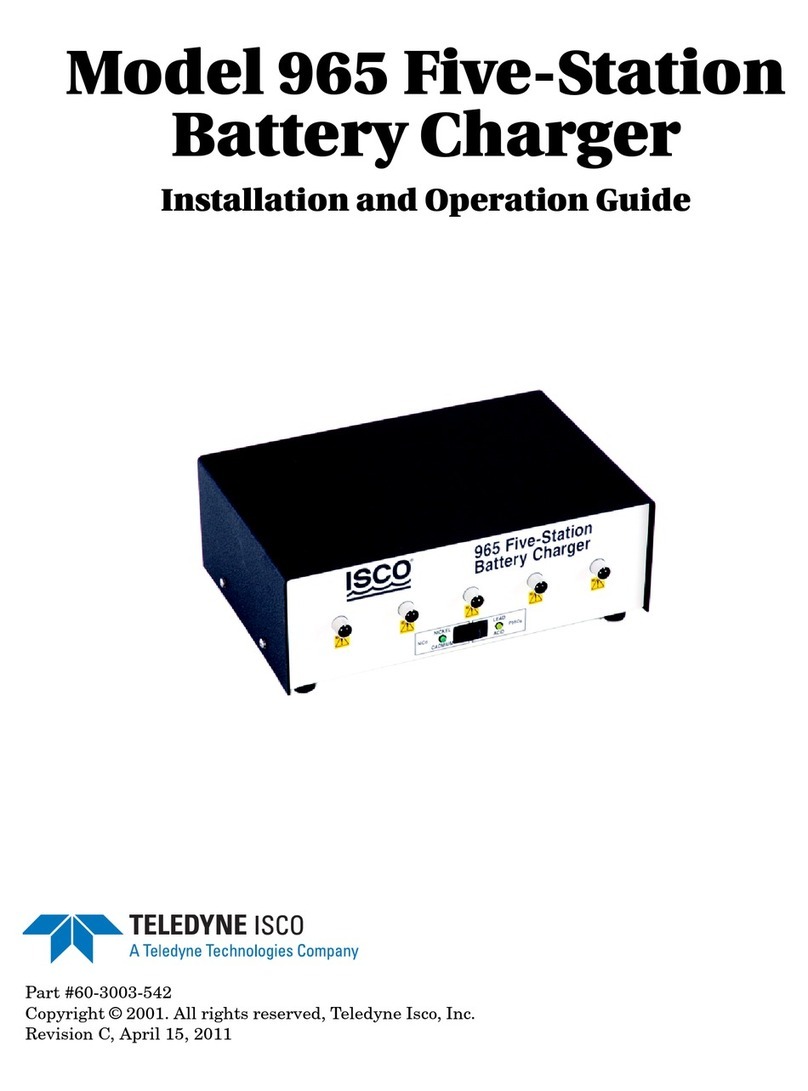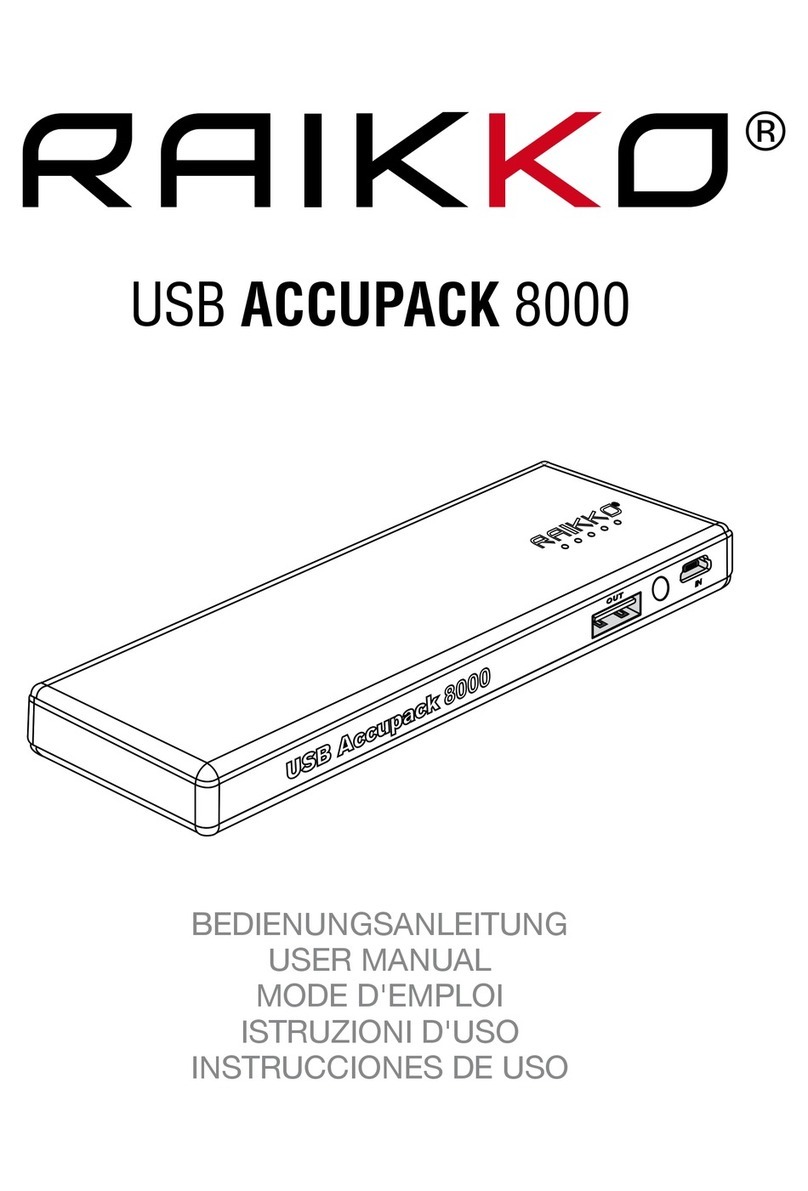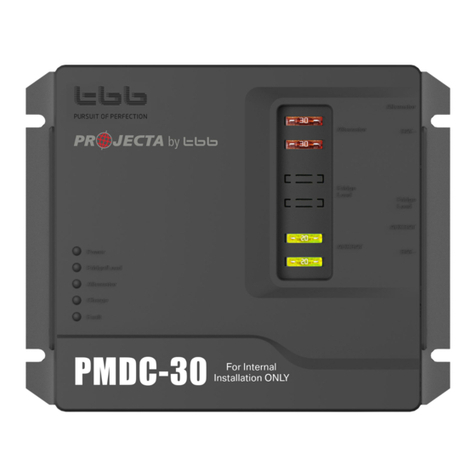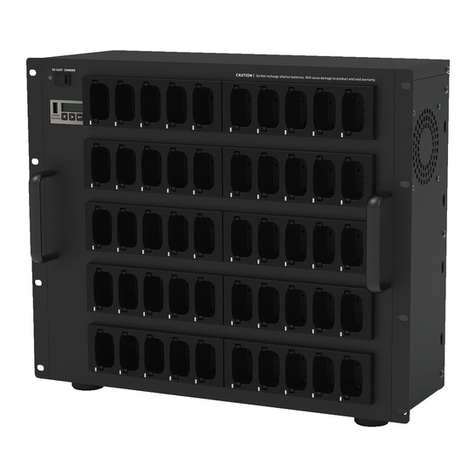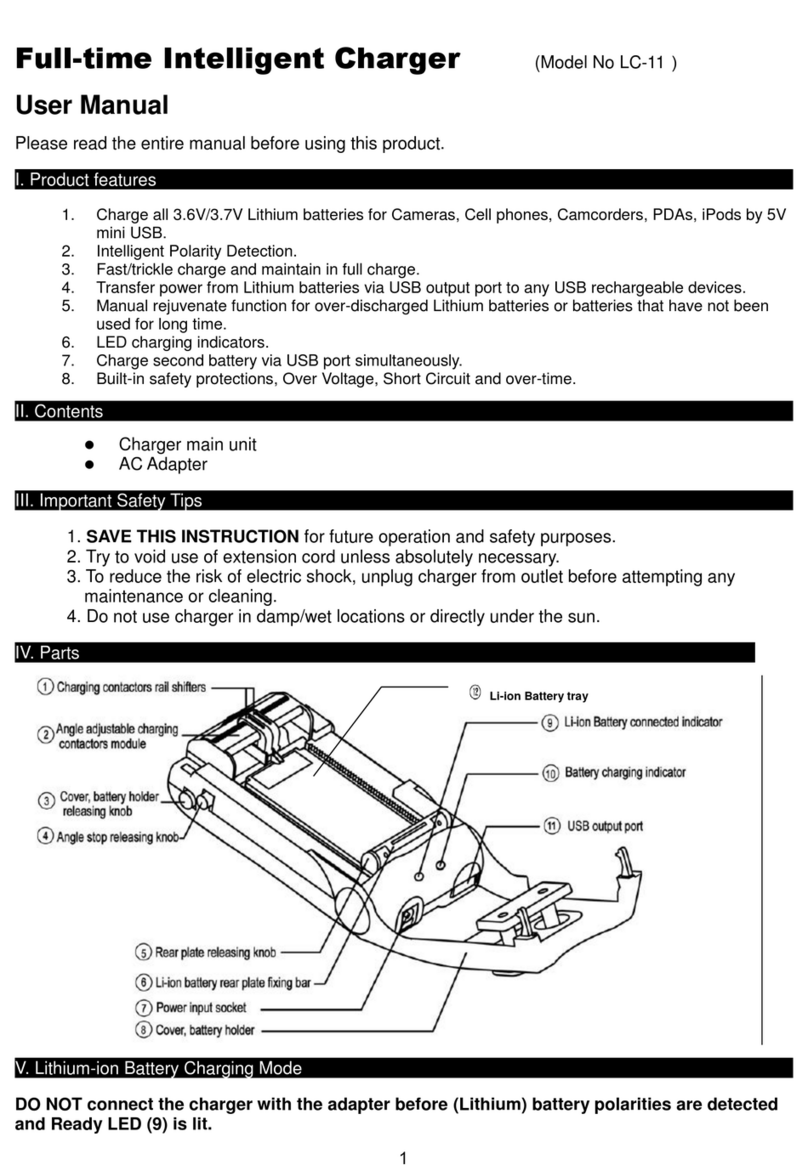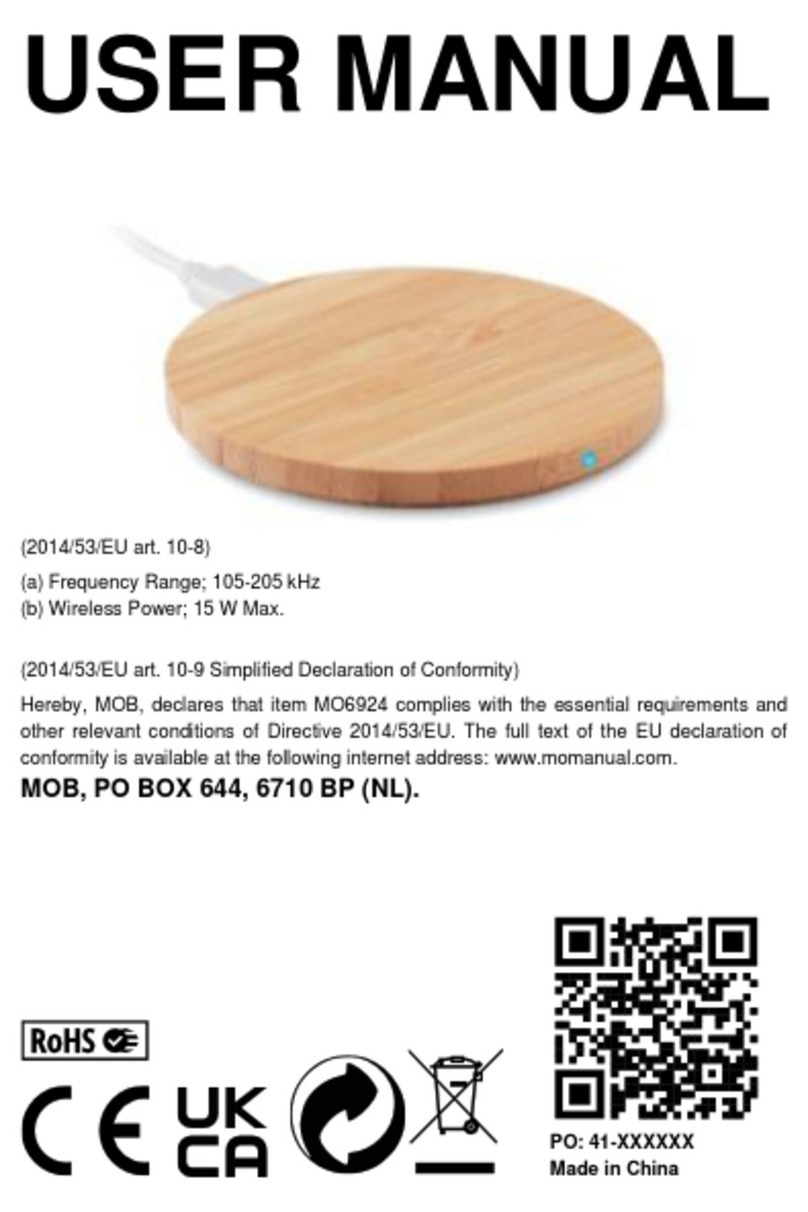CSB GP User manual

Monday, August 10 200 9 1/2 TD20090810 – V03
Installation and Operating Instructions
1. Identification of company and product
Company : CSB Battery Europe B.V.
Keurmeesterstraat 28-30
2984 BA Ridderkerk
Phone : Europ : +31 180 418 140
Asia : +886 2 8751 5000
Américas : +1 817 244 7777
Product : AGM VRLA Battery
Absorbant Glass Material
Valve Regulated Lead-Acid
Ranges : GP, GPL, HC, HR, HRL and XHRL.
2. Safety Issues
Read carefully this document.
Fire hazard.
Use safety goggles.
Explosion hazard.
Corrosive hazard.
Electrical hazard.
Dispose spent batteries properly.
3. Transporting.
When transporting the battery, avoid excessive vibration and impacts.
We recommend transporting the battery in an upright position.
When transporting a battery connected to equipment, secure it firmly
and keep the circuit open.
4. Battery Receiving.
Previously the installation of the battery, check for correct shipment
quantities and transport damage.
5. Storage.
Store battery indoors in a cool (25ºC (77°F) or less), clean and dry
location.
During storage, the capacity of the battery decreases due to self-
discharging.
Supplementary charging has to be carried out according to Table 1.
Table 1 : Storage temperature and recommended supplementary
charge interval.
Storage
temperature
in °C (°F)
Recommended
supplementary
charge interval
Supplementary
charging methods
Lower than
25°C (77°F) Each 6 months 16 to 24 hours with
a constant voltage of
2.275 V/cell
25 - 30°C
(77 - 86°F) Each 3 months 5 to 8 hours with a
constant voltage of
2.45 V/cell
When using a stored battery, always carry out supplementary charge
before use according to Table 2.
Table 2 : Supplementary charge characteristics.
Charge Method Charge time
in h
Ambient
temperature
in °C (°F)
Constant Voltage
Charging at
2.45V/Cell 6-12 5-35
Constant Current
Charging at
0.05CA 6-12 5-35
6. Installation and connection.
•Secure the battery firmly to protect it from excessive vibration or
impact.
•When placing the battery in equipment, keep it away from a heat
generating source (e.g., a transformer) and install it in an upright
position with proper ventilation. The weight will be concentrated as
much as possible in the low part of the equipment.
•The battery may produce a combustible gas. Avoid installation in
closed compartment or near sparks (i.e., near a switch or fuse).
•Using vinyl chloride sheathed wire or a vinyl chloride sheet may
crack the battery container and cover. Either keep it away from the
battery or use a non-plasticizing vinyl chloride material.
•Never bend the terminal nor solder directly to it.
•Avoid using the battery in the following places:
oAreas exposed to direct sunlight
oAreas where there is excessive radioactivity, infrared radiation,
or ultraviolet radiation
oAreas filled with organic solvent, vapor, dust, or corrosive gases
oAreas of abnormal vibration
•When connecting the battery to a charger or a load, keep the
circuit switch OFF and connect the battery's positive (+) terminal to
the positive (+) pole of the charger or the load and the battery's
negative (-) terminal to the negative (-) pole of the charger or the
load.
•Never use the batteries of different capacities, batteries of different
performances, or new and old batteries together.
•Do not series connect more than 32 pieces of battery in a single
string or parallel connect more than 4 strings. If more batteries are
needed for series/parallel application as stated above, please
contact CSB Technical Support.
Table 3 : Torque specifications. Torque value
Peak Min Max
Screw/Bolt
diameter N.m kg.m N.m kg.m N.m kg.m
M5 6.4 63.4 5.73 56.7 4.14 41.0
M6 11.5 113.9 10.32 102.2 7.45 73.8
M8 28.0 272.2 25.23 249.8 18.22 180.4
Battery must be installed in accordance with EN-50272-2 standard.
7. Charging.
Constant voltage charging method is recommended to charge our
battery. This method consists of applying constant voltage to the
battery with a constant voltage unit. This charging method utilizes a

Monday, August 10 200 9 2/2 TD20090810 – V03
different voltage between its voltage and battery voltage. The
charging current is initially large and decreases towards the end of
charging. It is necessary to set the charging voltage according to
battery charging and temperature characteristics. Inaccurate voltage
causes an overcharge or an undercharge.
Graph 1 : Constant Voltage Characteristics.
Initial charging current should be 0.3CA or less, min 0.1CA.
Table 4 : Charge voltage and maximum charge current.
Charging voltage in V/Cell
Applications Temp.
in °C (°F) Set point Allowable
range
Max
charging
current
in A
Cycle service 25ºC
(77ºF) 2.45 2.40 ~ 2.50 0.3CA
Standby 25ºC
(77ºF) 2.275 2.25 ~ 2.30 0.3CA
Temperature compensation is not necessary when the battery is
charged at an ambient temperature between 5°C (41°F) to 35°C
(95°F), with average temperature below 25°C (77°F). At temperatures
below 5°C (41°F) or above 35°C (95°F), temperature compensation
for charging voltage is necessary.
Table 5 : Temperature coefficient.
Applications Temperature coefficient
Cycle service -5mV/ºC/cell
Standby -3.3mV/ºC/cell
When batteries are used in serial, a single current is imposed on all
the cells. However, if the voltages begin to differ, the result is a
charge imbalance. To restore balance or at least prevent it from
growing, equalization charging is required. Equalization charging
characteristics are a constant voltage of 2.45 V/cell for 5 to 8 hours.
More sophisticated charging methods are available : constant-
current, constant-voltage charging method, semi-constant current
charging method, constant current charging method, multi-steps
charging method, high frequency pulse charging method. Please
contact CSB Technical Support for more details.
8. Discharging.
•The continuous discharge and maximum discharge current (for 5
Seconds) should never exceed the values shown in Product
Specifications.
•Never discharge the battery until the voltage and current are less
than the values shown in Product Specifications. Repeated over
discharge will shorten the battery's life.
•After discharging, immediately recharge the battery. Never leave it
discharged. The capacity to hold a charge may not be recovered if
the battery is left discharged for a long period.
9. Periodic Inspections & Maintenance.
For optimum reliability, it is recommended that the battery system be
monitored quarterly. If the battery system incorporates an automatic
monitoring system to gather the electrical and environmental data,
the quarterly checks are limited to the evaluation of the recorded data
and a visual inspection of the battery.
In general the types of inspections to be made during periodic
maintenance include :
•Visual battery inspection,
•Battery system capacity test,
•Battery system voltage inspection,
•Ambient temperature,
•Individual battery float voltage inspection,
•High rate load test,
•Electrical resistance and tightness of inter-unit connections.
A test of the individual unit resistance, impedance or conductance,
while optional, is also recommended on a periodic basis. This data
and its trends can be a valuable aid in troubleshooting the system
and predicting the need for a system capacity test.
Prior to starting the periodic maintenance activity assure that all the
required maintenance tools and equipment is available and
functional. Notify anyone who will be affected by the intended
maintenance or troubleshooting activity.
All units in the battery should be numbered so as to facilitate the
recording and analysis of data unique to each unit.
9.1 Quarterly VRLA Battery Inspection
•Assure the battery room is clean, free of debris and with proper
lighting.
•Assure that all facility safety equipment is available and functional.
•Measure and record the air temperature within the battery room.
•Visually inspect the battery for :
oCleanliness,
oTerminal damage or evidence of heating,
oContainer or cover damage.
•Measure the DC voltage from each polarity of the battery to
ground and detect any ground faults.
•Measure and record the individual unit DC float charging voltage,
and current.
•Measure and record the system equalization voltage, and current.
•Measure and record the temperature of the battery cabinet
inspections.
9.1 Semiannual VRLA Battery Inspection
•Repeat the quarterly inspection.
•Randomly measure and record the resistance/conductance of the
individual units to trend the condition of the individual units over
time and to detect dramatic differences between individual units
and the average.
9.3 Annual VRLA Battery Inspection
•Repeat the semiannual inspection
•Re-torque all of the inter-unit connecting hardware. This can be
omitted if the connection resistance is measured and found to
have not increased more than 20% from the value recorded at
installation
This manual suits for next models
5
